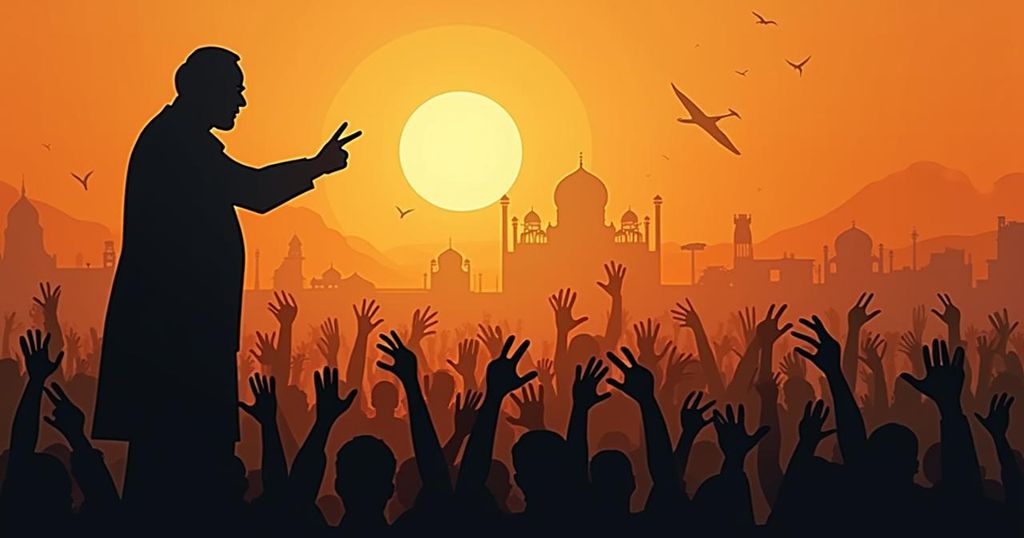India’s Political Carnival: Mixed Electoral Outcomes for Modi

India’s latest state elections in Haryana and Jammu and Kashmir reveal mixed results for Prime Minister Narendra Modi, as his party, the B.J.P., retained control in Haryana against expectations but suffered a significant defeat in Jammu and Kashmir. This reflects shifting voter priorities towards local issues and poses new challenges for Modi in coalition governance.
As India embarks on a new electoral season, Prime Minister Narendra Modi’s political influence is under scrutiny following mixed results in two significant state elections. The outcome of these elections in Haryana and Jammu and Kashmir presents a dichotomy that reaffirms the complexities of local dynamics amidst Modi’s recent challenges at the national level. In Haryana, the Bharatiya Janata Party (B.J.P.), led by Mr. Modi, achieved surprisingly favorable results. Despite the strong predictions favoring the opposition Congress Party, the B.J.P. maintained its foothold in the state, providing a stark reminder that exit polls may not always be reliable indicators of electoral outcomes. Conversely, in Jammu and Kashmir, where Mr. Modi sought to solidify the B.J.P.’s influence, the party faced a significant setback. The Congress Party and its coalition partners emerged victorious, underscoring the difficulty of asserting dominance in regions with contentious political landscapes. The implications of these results are profound, not only for Mr. Modi’s coalition but also for the broader political landscape of India. Historically, Indian states possess the population sizes comparable to major global nations and operate with significant autonomy. Therefore, state election results can often provide insight into shifting political sentiments across the country. Mr. Modi’s initial ability to galvanize support appears to be waning, having taken a hit in the previous national elections during the summer, where the B.J.P. lost its parliamentary majority for the first time in recent memory. Although the B.J.P. remained the largest party due to coalition-building efforts, the sense of invulnerability surrounding Mr. Modi’s leadership has undeniably been fractured. Voter behavior now seems to indicate a return to the prioritization of local issues and an increased complexity in coalition dynamics that presents a fresh challenge for the ruling party. This electoral cycle marks a pivotal point for Mr. Modi, revealing both the resilience and unpredictability inherent within India’s democratic process.
The political environment in India is multifaceted, with each state playing a crucial role in the national landscape. Prime Minister Narendra Modi of the Bhartiya Janata Party (B.J.P.) has historically wielded significant influence, utilizing his image and the party’s narrative to shape voter sentiment. However, recent elections have indicated a shift in dynamics, as local issues increasingly take center stage, impacting Modi’s political capital. Following a shocking divergence from expected electoral outcomes during the most recent national elections, all eyes are on state-level contests to gauge the future trajectory of Modi’s government.
In conclusion, the recent electoral outcomes in Haryana and Jammu and Kashmir illustrate the fluctuating nature of Indian politics, particularly under the leadership of Prime Minister Narendra Modi. While the B.J.P. has demonstrated resilience in Haryana, the loss in Jammu and Kashmir signals potential vulnerabilities. The evolving political landscape suggests a return to local electoral concerns and a more complicated coalition-building environment, challenging Modi’s previously solid grasp on power.
Original Source: www.nytimes.com






